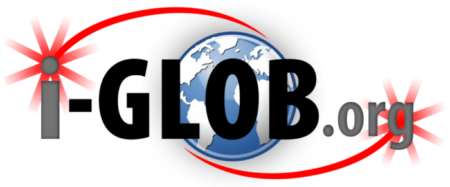INTRODUCTION
LLLT (Low Level Light Therapy) is the application of red and near infra-red light to painful lesions and fibrotic tissues to improve regeneration, reduce inflammation and give relief for both acute and chronic pain.
The red and near infrared light (600nm-1000nm) commonly used in LLLT can be produced by laser or high intensity LEDs. The intensity of LLLT lasers and LED’s is not high like a surgical laser. There is no heating effect.
The effects of LLLT are photochemical (like photosynthesis in plants). When the correct intensity and treatment times are used, red and near infrared light reduces oxidative stress and increases ATP. This improves cell metabolism and reduce inflammation.
LLLT has been the subject of several systematic reviews for a range of musculoskeletal pathologies with favourable conclusions reported by The Lancet, BMJ, International Association for the Study of Pain and the World Health Organisation. HistoryIn 1967, a few years after the first working laser was invented, Dr Endre Mester in Semmelweis University Budapest, Hungary wanted to find out if this new ray of light might cause cancer. He took some mice, shaved the hair from their backs, divided them into two groups and gave a laser treatment with a low powered ruby laser to one group and not the other. The treatment group did not get cancer and, to his surprise, the hair on the treated group grew back more quickly than the untreated group. He described the effect as “laser biostimulation” [1]. 45 years later, thousands of papers have been published and 30 papers a month are being published on the mechanism of action and clinical benefits in randomised controlled clinical trials.
etc
